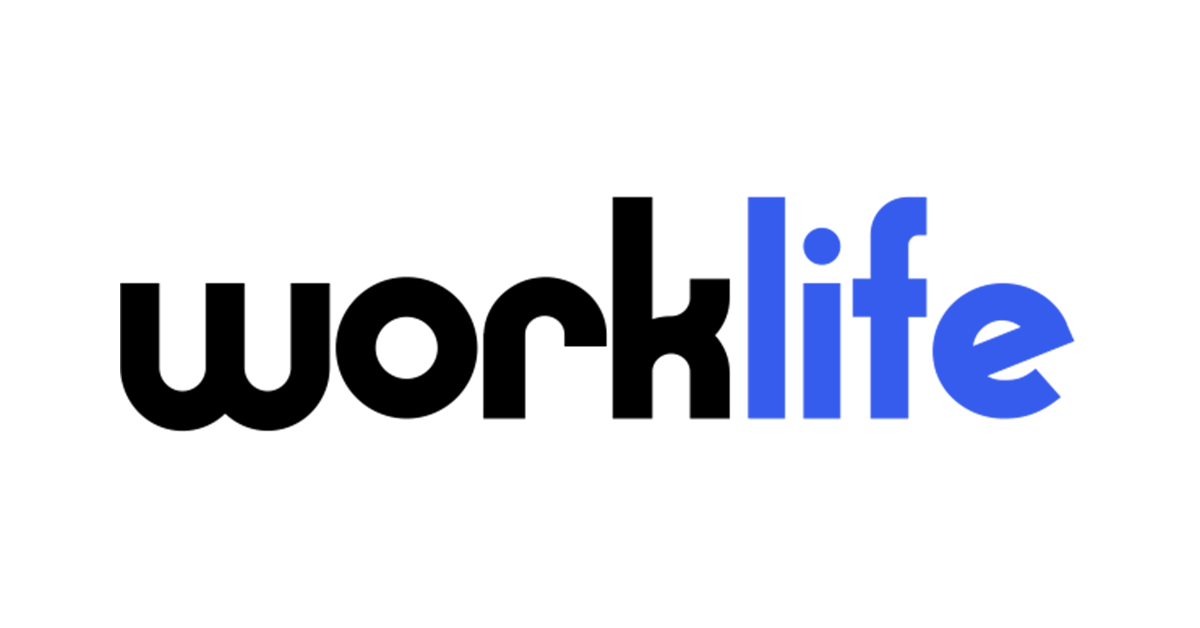In today's digital age, layoffs can go viral, impacting brand and culture. Learn to navigate terminations to foster resilience and loyalty.
In today’s corporate landscape, we face the unsettling reality of employee layoffs. Whether driven by economic shifts, restructuring, or unforeseen challenges, how organizations handle terminations profoundly impacts their brand, culture, and the overall well-being of their workforce.
In the past, terminations were often shrouded in secrecy, but the digital age has ushered in a new era where employees are equipped with smartphones and social media platforms, turning them into real-time narrators of their workplace experiences. The Cloudflare incident, where Brittany Pietsch’s abrupt layoff went viral on TikTok, serves as a case in point.
The TikTok video showed the abrupt and impersonal manner of her termination, which sparked a significant backlash against Cloudflare’s leadership. This incident serves as a stark reminder that critical moments, such as layoffs, can shape an employee’s journey with a company. Negative moments spread rapidly in today’s era of instant sharing.
In this article, we explore how organizations can best approach engineering layoffs, aiming to mitigate backlash and shape a resilient, loyal workforce.
Here are three non-negotiables to prevent layoffs from becoming headline news:
1. Lead with transparency
Sometimes, terminations are unavoidable. When someone is about to be let go, other team members will likely know. For example, if a team member is suddenly removed from a Slack channel, denied login, or invited to an unexpected meeting with leadership — they’re informing their coworkers.
Organizations often make the mistake of either trying to fix things quietly or avoiding responsibility altogether. It’s crucial for leaders to openly acknowledge and explain the reasons behind terminations. Organizations should take responsibility for what has happened — without using a script. Whether the termination is due to hiring too many engineers or external business factors, it’s important to communicate these reasons. Transparency builds trust and helps employees understand the gravity of the situation.
2. Take care of your people
Layoffs evoke fear and uncertainty among employees. While an employee sits in a room or Zoom, facing someone unfamiliar, the shock of losing their job leaves their mind in turmoil. Not only do they question why it’s happening, but they also worry about how long it will take to find a job and how they will pay their bills. This fear is entirely understandable, especially considering that the average time it takes to get hired rose to 44.5 days in 2023.
A reduction in force (RIF) is not the time to cut corners on severance or benefits. Being clear and generous in this situation is key. Even though there aren’t state or federal laws mandating severance payments, offering a fair and well-structured severance package with clear terms for separation in your employee handbook is a wise approach. At the very least, it shows goodwill and can help you minimize the blowback from terminated employees.
Stripe’s CEO, Patrick Collision, set a commendable example in 2022. In an email to all employees, he openly recognized the pain of the layoff, took responsibility and clearly outlined how Stripe would support them with compensation and benefits. His communication is a great example of displaying empathy throughout the process.
3. Support those who remain
In the aftermath of layoffs, the remaining engineering team members may experience heightened anxiety. They may also be concerned about extra workloads for existing projects. Leaders must communicate effectively to alleviate these concerns, explaining the reasons behind the reduction in force and outlining expectations for the future.
Company culture is significantly influenced by how organizations treat their employees during challenging times. How leaders respond either builds trust and strengthens or weakens the employee-employer bond. We know from our data that when companies manage bad news with empathy and transparency, loyalty and retention will rise.
In conclusion, leaders who navigate challenging situations with care build a strong bond between employees and employers, fostering a loyal workforce. These leaders lay the foundation for a positive employee experience — and reduce the risk of turning into a PR nightmare.




